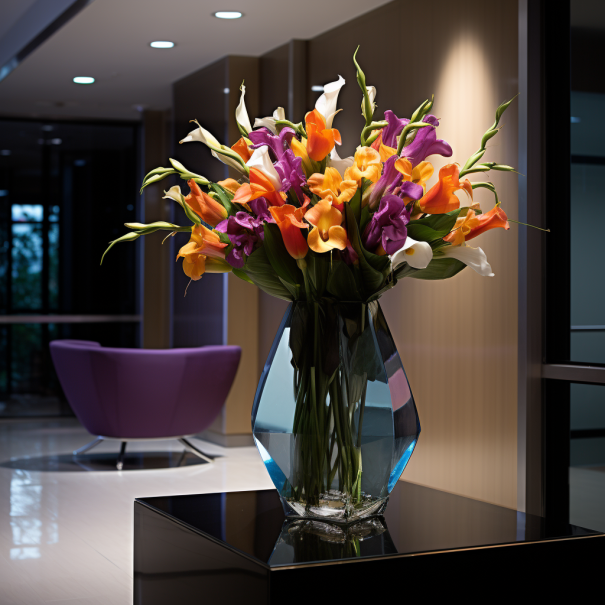Choosing Wedding Flowers: A Guide to Creating Your Perfect Floral Palette
Your wedding day is a tapestry of love, commitment, and personal style, and flowers are one of the most expressive tools you have to paint this once-in-a-lifetime picture. From the bridal bouquet to the table centerpieces, flowers set the mood and theme of your wedding. However, with the plethora of choices and considerations, picking the right blossoms can be as daunting as it is exciting. This guide aims to simplify the process, helping you choose wedding flowers that reflect your style and complement your celebration.

1. Defining Your Wedding Style and Theme
Before diving into the vast sea of floral options, it’s crucial to establish your wedding style. Are you envisioning a rustic country affair, a sleek city soirée, or a breezy beach bash? Your flowers should echo the overall theme. For instance, wildflowers might be perfect for a barn wedding, while orchids and calla lilies better suit a modern, upscale event.
2. Considering Color and Season
Your color scheme will significantly influence your floral choices. While some flowers, like roses, come in a myriad of hues, others might be more limited. Additionally, consider the season of your wedding. Not only are in-season flowers more budget-friendly, but they also ensure the freshest blooms. Peonies might be perfect for a spring wedding, while dahlias can be stunning in the fall.
3. The Bridal Bouquet: The Floral Centerpiece
The bridal bouquet is the most personal floral element and often the centerpiece of the wedding florals. It should not only complement the bride’s gown but also align with the overall wedding aesthetic. While traditional bouquets feature flowers like roses or lilies, modern trends see brides opting for less conventional choices like succulents or even herbs.

4. Ceremony and Reception Decor
Flowers can transform your ceremony and reception spaces. For the ceremony, consider the setting. A flower arch can be a stunning backdrop for vows, while aisle decorations add a touch of romance. For the reception, table centerpieces are the main attraction. They should be eye-catching but not so tall or voluminous that they hinder conversation. Also, consider other areas like the cake, guest book table, and restrooms for floral touches.
5. Personal Flowers: Bridal Party and Family
Beyond the bridal bouquet, consider the floral needs of your bridal party. Bridesmaid bouquets, boutonnieres for the groom and groomsmen, and corsages or posies for close family members should be cohesive with the overall floral design. These flowers not only add to the visual tapestry of your day but also serve as tokens of appreciation and connection.
6. Working with a Florist
A professional florist can be invaluable in bringing your floral vision to life. They can recommend the best blooms for your theme, color scheme, and season, and help you make the most of your budget. When meeting with florists, come prepared with your ideas, color swatches, and any images that inspire you. Remember, communication is key to ensuring your florist understands your vision.
Conclusion
Your wedding flowers are more than just decor; they are a symbol of your blossoming life together, reflecting your personal style and the beauty of your love story. By considering the style, color, season, and significance of your flowers, and by working with a professional who understands your vision, you can ensure that your wedding blooms are as memorable and unique as your love. Whether they’re whispering in delicate pastels or shouting in vibrant hues, let your wedding flowers express the joy and love of your special day.
